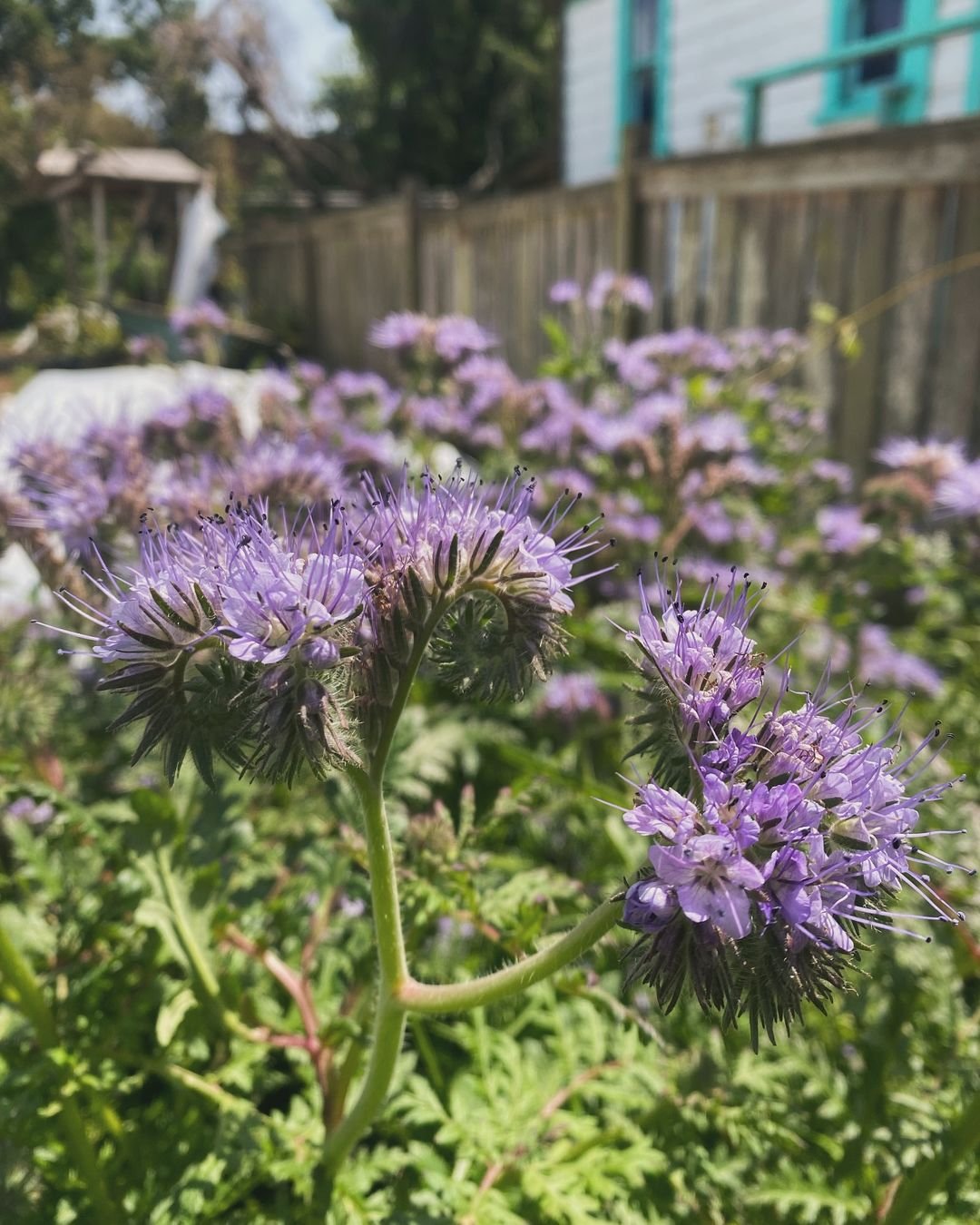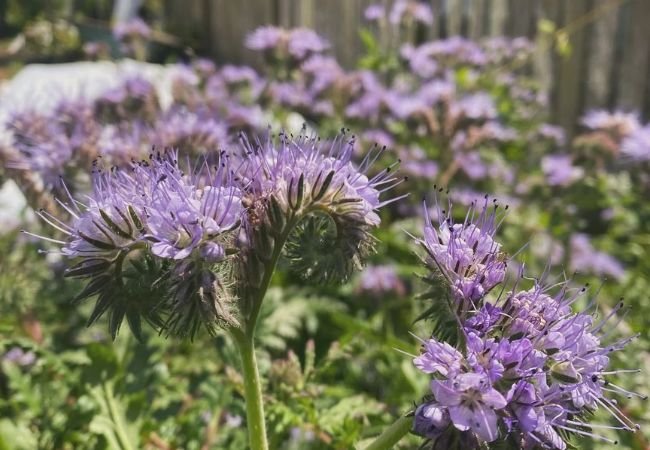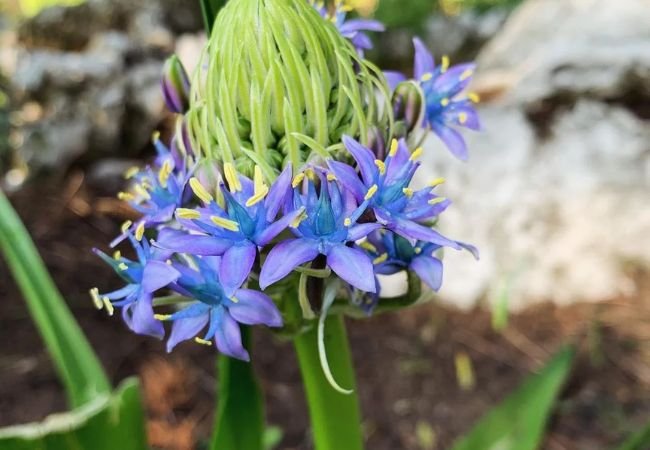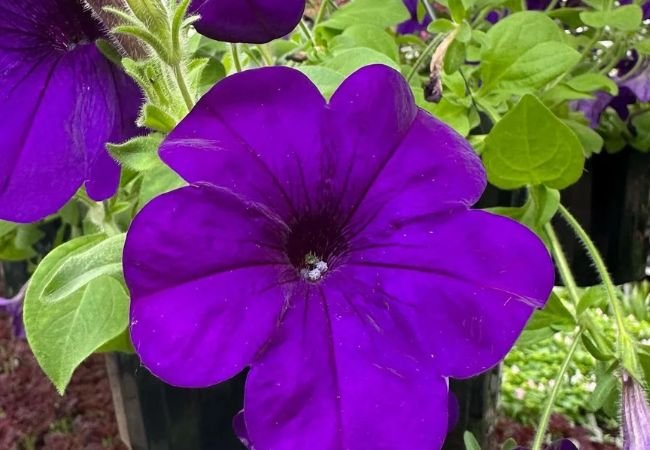Discover the beauty and benefits of Phacelia Flowers. Learn how to grow these easy-care plants that attract pollinators and improve soil health. Perfect for gardeners of all skill levels!
Have you ever heard of Phacelia flowers? These pretty plants are becoming more popular in gardens across the USA. They’re easy to grow and have many benefits. In this article, we’ll learn all about Phacelia flowers and why you might want to plant them in your garden.
Here’s a detailed chart for Phacelia flowers:
| Category | Information |
|---|---|
| Botanical name | Phacelia spp. |
| Common name | Phacelia, Scorpionweed |
| Plant type | Annual or biennial |
| Hardiness zone | Zones 3-10 |
| Sun exposure | Full sun to part shade |
| Soil type | Well-drained, fertile soil |
| Watering | Moderate watering |
| Growth habit | Upright, spreading |
| Height/Spread | 1-3 feet tall, 1-2 feet wide |
| Special features | Clusters of small, bell-shaped flowers in shades of blue, purple or white; highly attractive to bees and other pollinators; often used as a cover crop and for erosion control |
What are Phacelia Flowers?

Phacelia is a group of plants with over 200 different types. They’re part of the borage family, which includes other flowers like forget-me-nots. Phacelia plants are native to North and South America. Many people call them “bee’s friend” because bees love them so much.
Common Types of Phacelia
- Blue Tansy (Phacelia tanacetifolia) This is one of the most popular types. It has blue or purple flowers that look like tiny bells.
- California Bluebell (Phacelia campanularia) As the name suggests, this type is from California. It has bright blue flowers shaped like bells.
- Lacy Phacelia (Phacelia cryptantha) This type has white or light purple flowers with lacy leaves.
Why Grow Phacelia Flowers?
Phacelia flowers have many good points:
- They attract pollinators Bees, butterflies and other helpful insects love Phacelia flowers. This can help your whole garden grow better.
- They improve soil Phacelia plants can make your soil healthier. Farmers often use them as “cover crops” to protect and improve their fields.
- They’re easy to grow You don’t need to be an expert gardener to grow Phacelia. They can grow in many different types of soil and don’t need much care.
- They look pretty Phacelia flowers come in different colors and shapes. They can make your garden look beautiful.
How to Grow Phacelia Flowers
Growing Phacelia is easy. Here’s what you need to know:
- When to plant You can plant Phacelia seeds in spring or fall. In warmer areas, you can plant them in winter too.
- Where to plant Phacelia likes sunny spots. They can grow in most types of soil, even if it’s not very rich.
- How to plant Scatter the seeds on the ground and lightly cover them with soil. Water them gently.
- Care Water your Phacelia plants when the soil feels dry. They don’t need much extra care after that.
- Harvesting If you want to use Phacelia flowers in bouquets, cut them when they’re just starting to open.
Phacelia in Agriculture
Farmers use Phacelia for more than just looking pretty. Here’s how:
- Cover crops Phacelia can protect soil from erosion and add nutrients to it. The U.S. Department of Agriculture has information about using cover crops.
- Attracting beneficial insects By planting Phacelia, farmers can attract insects that help control pests naturally.
Phacelia in Your Garden
You can use Phacelia in many ways in your garden:
- Flower beds Plant Phacelia with other flowers for a colorful display.
- Vegetable gardens Grow Phacelia near your vegetables to attract pollinators and improve soil.
- Wildflower meadows Add Phacelia to a wildflower mix for a natural look.
Learn More About Phacelia
If you want to learn more about Phacelia and other native plants, check out the Lady Bird Johnson Wildflower Center.
Phacelia flowers are great plants for any garden. They’re easy to grow, look beautiful and have many benefits for your garden and the environment. Why not try planting some Phacelia this year? You might be surprised by how much you enjoy these helpful and pretty flowers.
For more information on gardening and native plants, visit the National Gardening Association.
For more gardening tips and plant care guides, visit usagardenhub.com.






